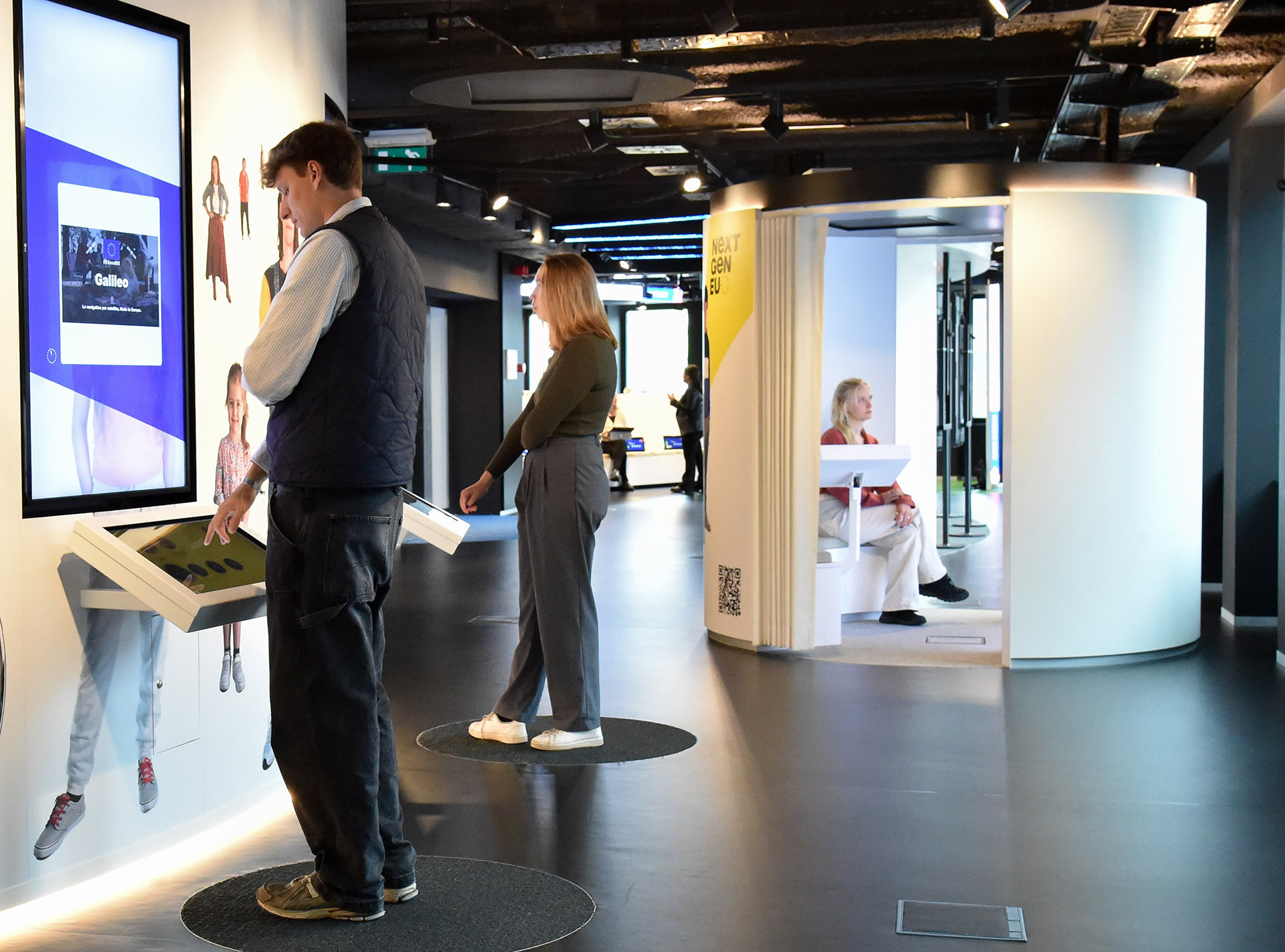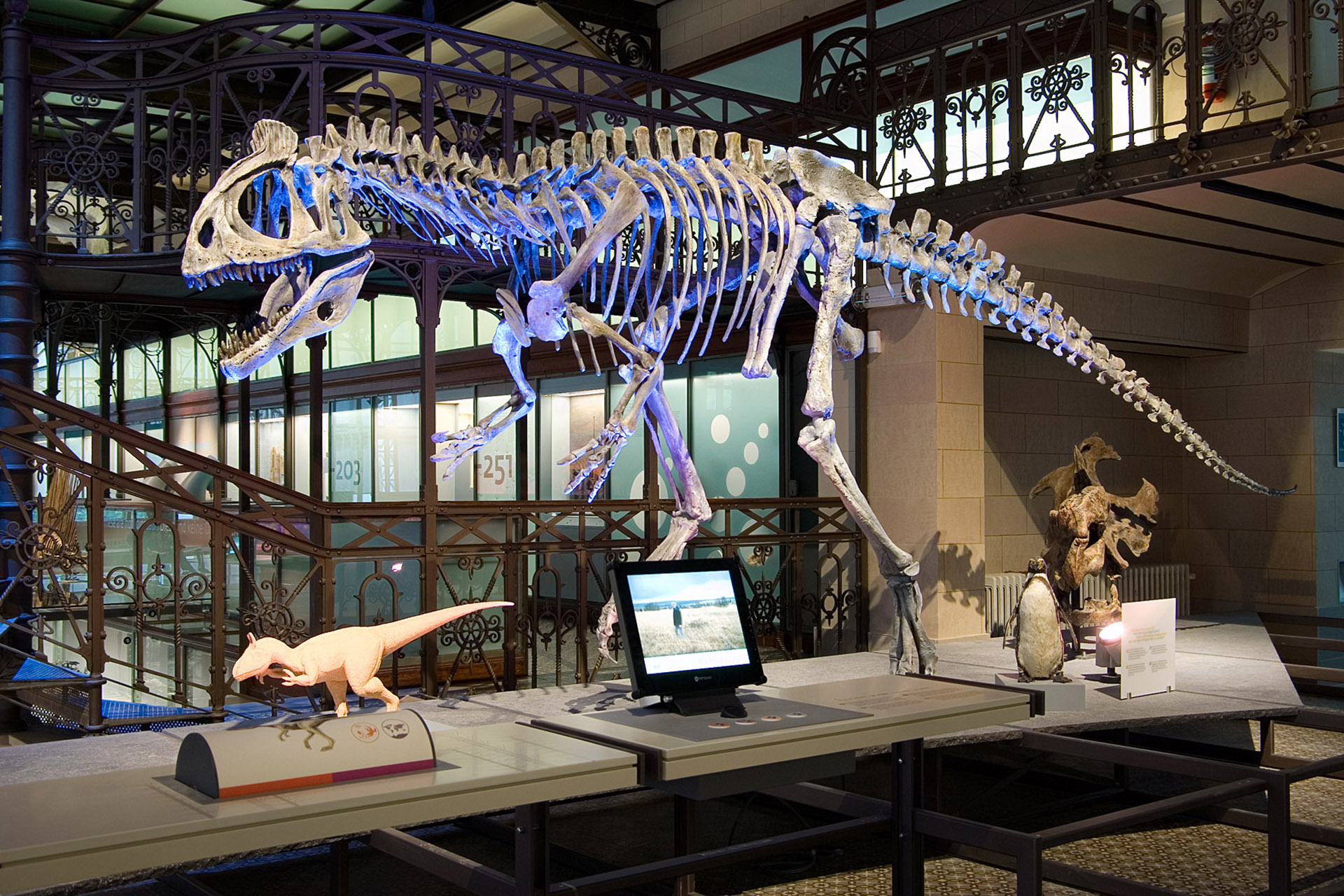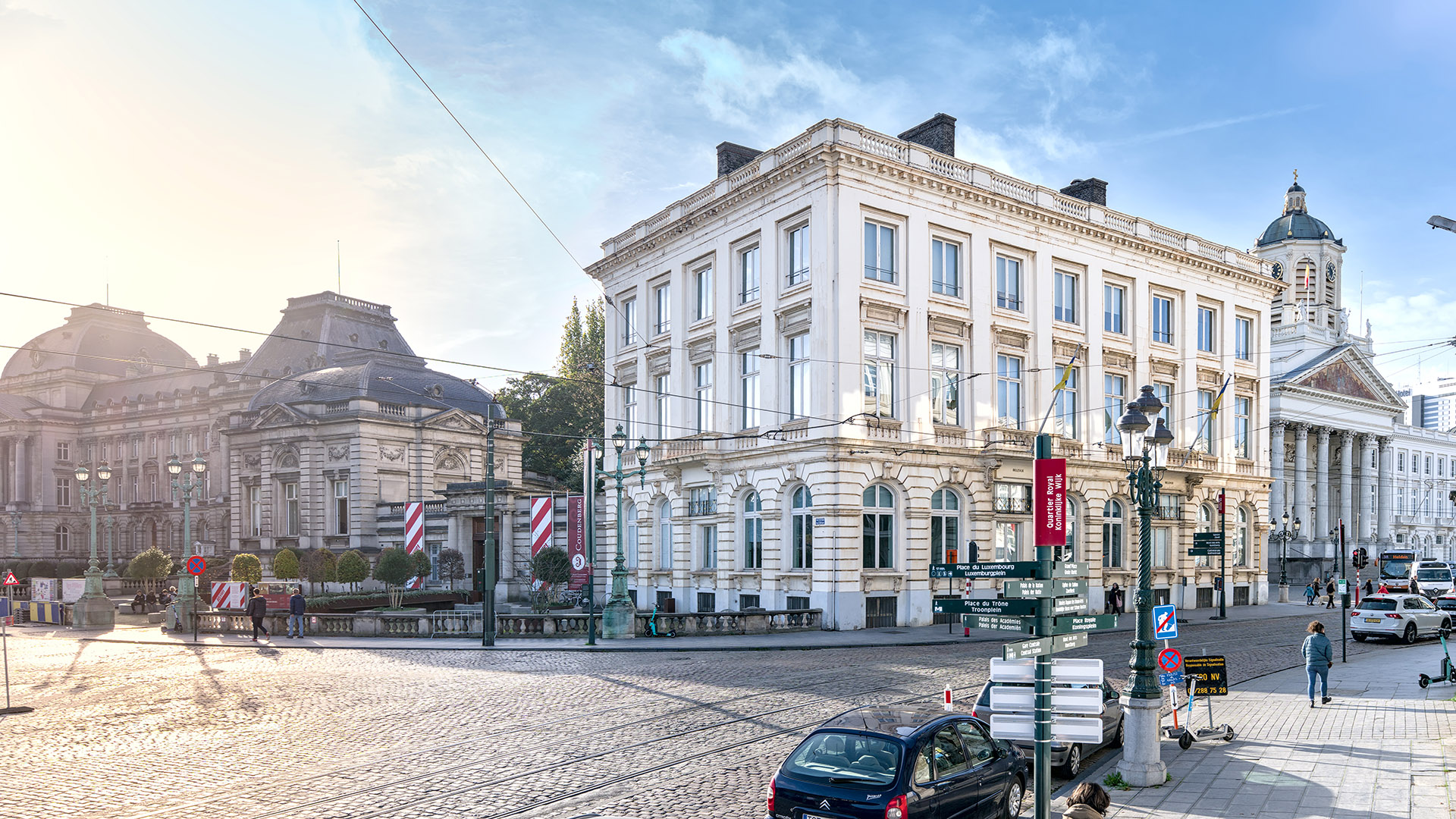Huis van de Europese geschiedenis
Toegang is gratis, met audiogidsen in de 24 officiële talen van de Europese Unie.
In het hart van het Huis van de Europese geschiedenis, toont de permanente tentoonstelling objecten, reconstructies en multimedia instrumenten om bezoekers een tot nadenken stemmend verhaal te vertellen dat de focus legt op Europa in de 19e en de 20e eeuw.
Het museum organiseert regelmatig tijdelijke tentoonstellingen, die bijvoorbeeld vanuit een historisch oogpunt licht werpen op het groeiend probleem van afval in Europa. Andere voorbeelden van thema’s zijn desinformatie, of Europese kunst in tijden van oorlog.
ONTDEK DE HUIDIGE TIJDELIJKE TENTOONSTELLING OP DE WEBSITE.
Leraren en studenten
https://historia.europa.eu/nl/leeractiviteiten/leerkrachten
Families
Van museumparcours tot ontdekkingsruimtes die de zintuigen aanspreken en familie-evenementen: organiseer een leuke dag vol ontdekkingenvoor het hele gezin in het Huis van de Europese Geschiedenis!
de Speurneus : een parcours gemaakt in de stijl van een krant in het Engels, Frans, Nederlands en Duits en is geschikt voor families met kinderen van 8 tot 12 jaar. Er zijn elke dag.
Het museum is familie-vriendelijk, met aparte ruimte om uw baby te verschonen en is toegankelijk voor kinderwagens. Ouders kunnen van mening zijn dat sommige onderdelen van de permanente tentoonstelling alleen geschikt zijn voor kinderen vanaf elf jaar.

- Maandag : -
- Dinsdag : -
- Woensdag : -
- Donderdag : -
- Vrijdag : -
- Zaterdag : -
- Zondag : -
- T. +32 2 283 12 20
- Rue Belliard 135 Belliardstraat - 1000 Brussel
- https://historia.europa.eu
- historia@europarl.europa.eu
-
Uurrooster
29/03/2025 - 11/01/2026: * maandag: van 13:00 tot 18:00 * dinsdag, woensdag, donderdag, vrijdag, zaterdag en zondag: van 10:00 tot 18:00
Geschiedenis is niet beperkt tot musea of boeken, maar speelt een belangrijke rol in ieders leven: bezoeken aan plaatsen die toeristische trekpleisters zijn geworden, herdenkingen en heropvoeringen van gebeurtenissen, opgravingen, conservatie of verzamelingen van oude voorwerpen. Interacties met het verleden kunnen vele vormen aannemen en verschillende doelen hebben, zoals het waarborgen van banden binnen een gemeenschap, het opbouwen van identiteit, plezier maken of het herdenken van bepaalde tragedies uit het verleden. Om al deze banden die de inwoners van Europa met de geschiedenis kunnen hebben op te roepen, is de tentoonstelling 'Onvoltooid verleden. Een Europees album' onderverdeeld in zeven hoofdsecties: De toeristische aantrekkingskracht van historische locaties, bedevaartsoorden die soms alleen worden bezocht om onze sociale netwerken te verrijken. Herdenkingen die, in het huidige postheroïsche tijdperk, soldaten en burgerslachtoffers in de schijnwerpers zetten in herdenkings- of verzoeningsrituelen, zonder zich alleen op militaire leiders te richten. Historische re-enactments, die al decennialang plaatsvinden maar de laatste tijd aan populariteit winnen. De vervaardiging van helden, om de mechanismen te onderzoeken die aan het werk zijn bij het creëren van persoonlijkheidscultussen, soms spontaan, soms opgelegd door de staat. De herdenking, om mogelijke oplossingen te evalueren voor monumenten uit vervlogen tijden, zoals monumenten die geassocieerd worden met kolonisatie, slavernij of dictatoriale regimes. Het verleden als landschap, wanneer de natuur geleidelijk plekken terugwint die getekend zijn door tragische geschiedenissen. En de historici van het dagelijks leven, de burgers die op zoek gaan naar oude voorwerpen, ze verzamelen of tentoonstellen om zich te verankeren in het verleden van hun familie, land of gemeenschap. Voor deze tentoonstelling werkt het Huis van de Europese Geschiedenis samen met het Brusselse Atelier de photographie van de École nationale supérieure des arts visuels de La Cambre. Zes van de 21 fotografen die hun werk presenteren, hebben aan deze hogeschool gestudeerd en laten zo zien hoe de jongere generatie de geschiedenis in ons dagelijks leven ziet. Bezoekers worden aangemoedigd om de historicus in zichzelf te ontdekken door middel van interactieve activiteiten in de tentoonstelling.






